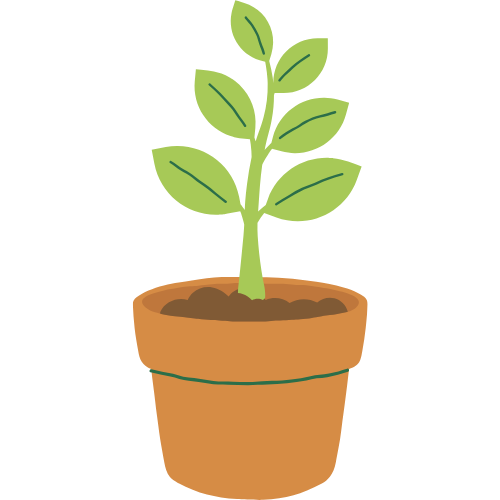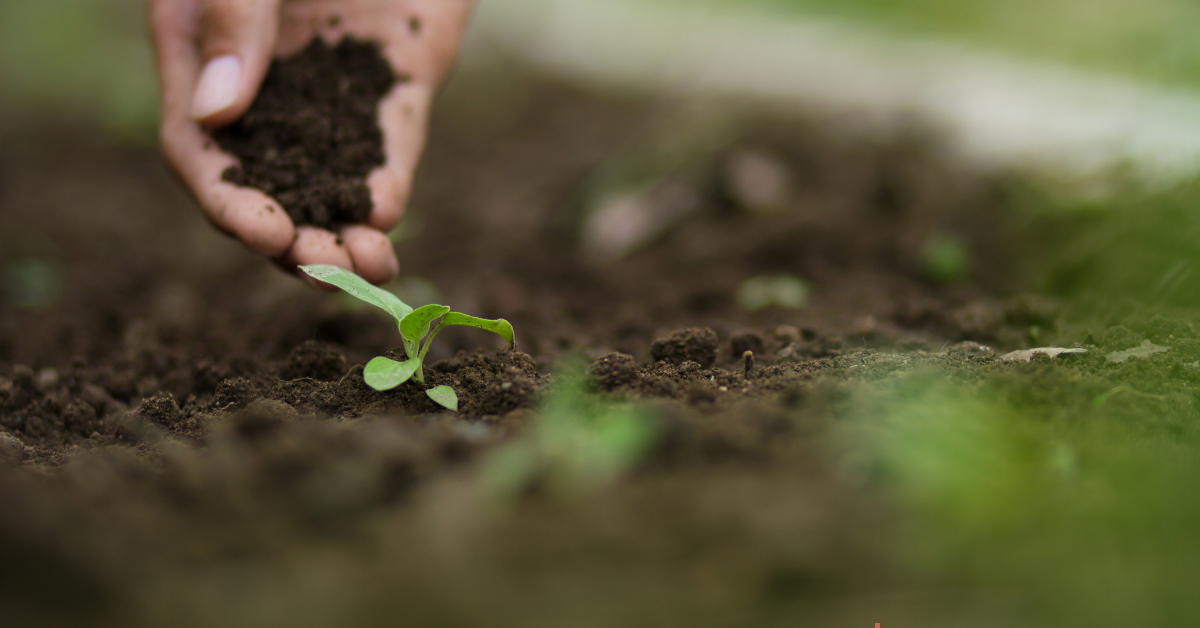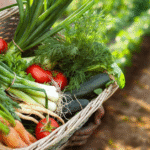The key to a prolific, high-producing garden lies not in costly fertilizer or in new and shiny gardening tools; it starts at the ground floor of any garden: the soil. Think of your soil as the pantry of your crops—all of its food and water is found there. Understanding compost and how to use it to feed your soil is by far the most vital thing you can learn to do to have healthy plants and large harvests.

Testing Your Soil
Soil consists of three minerals that are combined together: sand, silt, and clay. The majority of plants require what is referred to as loam soil, which is soil that is balanced in its texture with coarse particles (sand), smooth particles (silt), and clumpy particles (clay).
- Sand: Drains massively and, as a result, may not hold nutrients well.
- Clay: Holds water and nutrients well, yet it is easy to compact.
- Silt: Offers a balance between proper drainage and nutrient storage.
You may apply a squeeze test to understand the texture of your soil. Pinch up about two teaspoonfuls of wet soil and roll it in your fingers into a ball. If it crumbles when you poke at it, you most likely have good loam. If it dissolves completely, it is too sandy. If it remains as a hard, sticky ball, you have too much clay.
The Magic of Composting
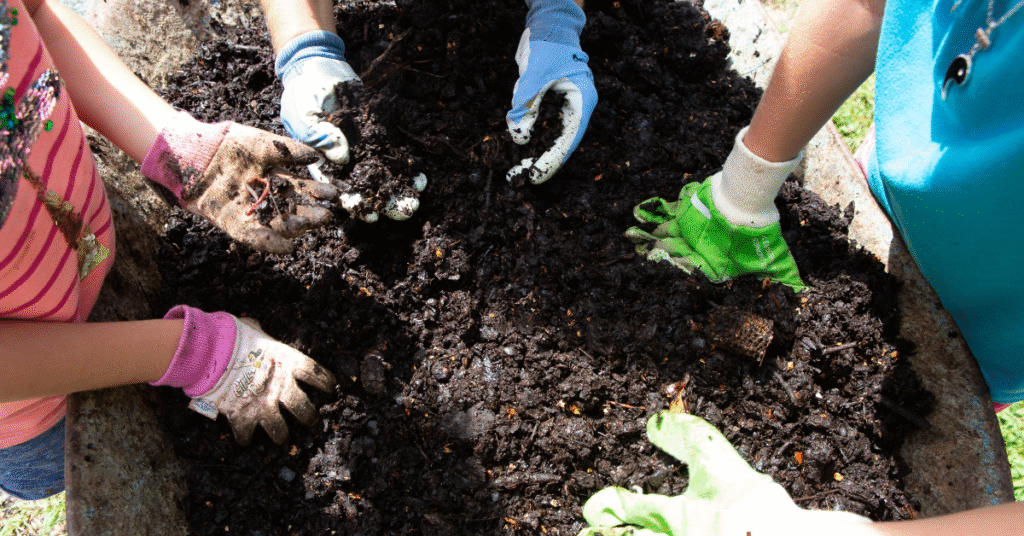
Compost is the dark, nutrient-rich soil humus whose production is achieved by the breakdown of organic matter. It is known as “black gold” because it truly is. It does not matter what kind of soil you have; compost will be a game-changer. It increases the stability of sandy soil so that it can retain slightly more moisture and loosens clay soil, thereby enhancing drainage. There is also the advantage that compost brings with it beneficial microorganisms which prevent disease, and it releases its nutrients to your plants slowly and gradually.
How to Create a DIY Compost Pile
Composting is simple and can very well be used as a method of recycling kitchen and lawn wastes.
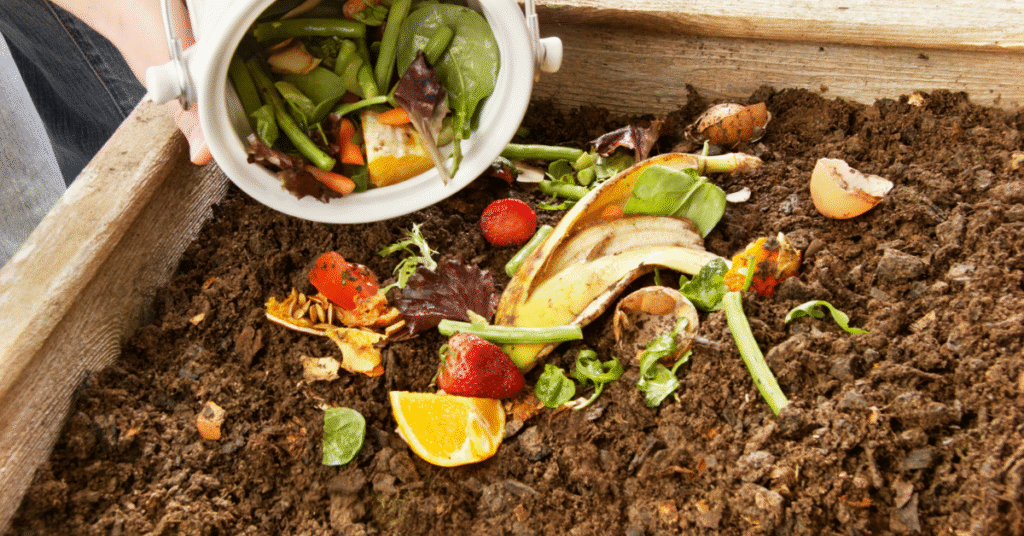
- Collect Materials: You will need some “browns” and “greens.” Browns contain carbon and include dried leaves, wood chips, shredded paper, and cardboard. Greens are materials that contain a lot of nitrogen, such as fresh grass clippings, kitchen wastes (fruits, vegetables, coffee grounds), and plant debris. The ideal ratio is two parts browns to one part greens.
- Locate: You will need either a compost bin, a tumbler, or just a heap in the corner of your yard.
- Layer and Moisten: Make the initial layer with coarse browns because these will permit air to flow. Then, alternate layers of browns and greens. Wet the pile by spraying it with a water mist, making sure it is damp but not soggy.
- Turn Pile: Once a week or fortnight, turn the pile with a garden fork. This makes the materials go through the process of oxygenation, and this speeds up the decomposition process. You know the compost is ready when the pile no longer heats up and the material has a dark, crumbly appearance.
Using Compost in Your Garden
There are many ways to use completed compost to promote the health of your garden.
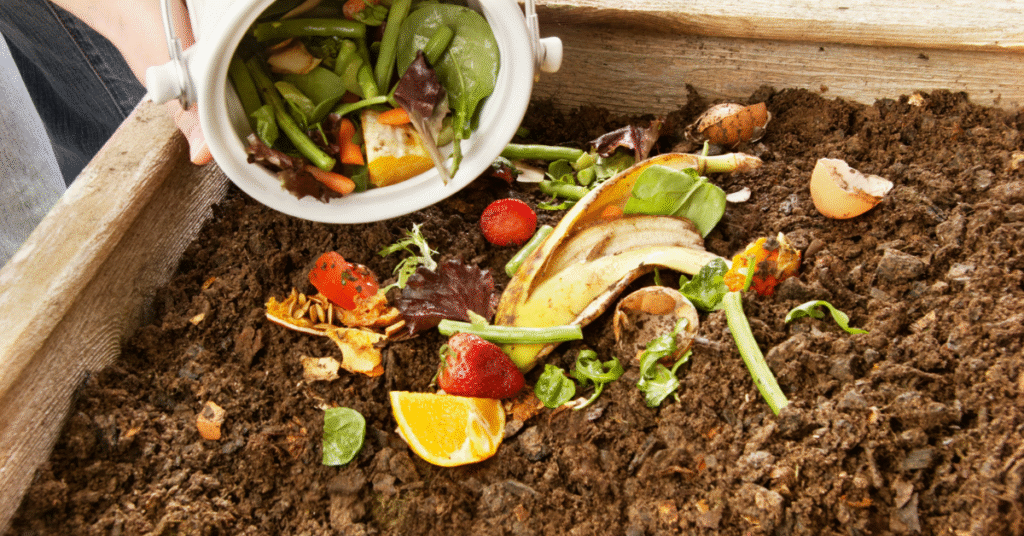
- Top-Dressing: At the beginning of the season, cover your garden beds with a thin (1-2 inch) layer of compost. This acts as a slow-release fertilizer and helps to suppress weeds.
- Adding Compost to Soil: Prior to the time of planting, use compost by digging it into the first 6-8 inches of your soil. This also proves quite beneficial when developing a new garden bed.
- Potted Plants: Blend potting media with compost to offer your potted plants an enriched and free-draining soil situation.
The more of a healthy soil ecosystem that you can grow using compost, the healthier your plants will be, and the longer and more productive growing season they will have.
